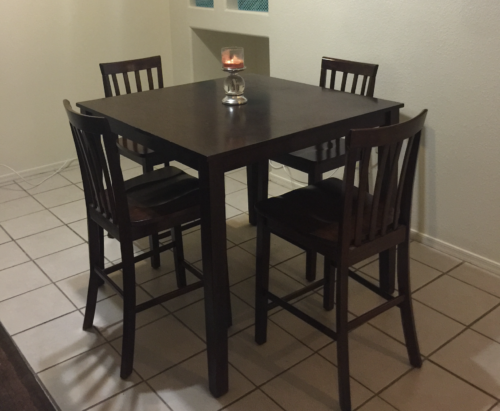by Semify
Building a home is an exciting yet challenging adventure, especially if it’s your first. The scale of the project may appear daunting at first, but as you embark on the task and the puzzles start falling into place, you witness your dream unfold before you. Before you start building your home, here are important tips to consider. Follow them to avoid the pitfalls many first-time home builders make.
1. Avoid Customization Overkill
The beauty of building your own home is that you customize a lot of stuff, including choosing the color and thickness of the grout! While it’s wonderful to tweak things here and there, to give the home your signature in terms of taste and style, going overboard with customization could be counterproductive.
2. Set Aside a Contingency Fund
Even if you’ve budgeted for the new home build to a T, there will be extra costs you’ll have to incur. You may change your mind about some stuff, such as the kitchen countertops, or perhaps you now want your bathroom to have a jacuzzi. Well, these updates will cost a bit more than you had budgeted for. It’s your home, and you want to enjoy everything in it for as long as possible. This is the time to decide what you want, rather than have to remodel sections of it just two years on. Another thing you’ll want to take into account is pests. If you’re building on new land there is a possibility of pests getting in during the building process, so you’ll want to remove them before you get settled in yourself. If you find this is the case you’ll want to find a professional pest control company that offers expert services local to you like Aptive pest control TX. So while it may not be the first thing you think to budget for, it is something that you will need to consider.
3. Comparison Shop
Single-sourcing isn’t the way to go when building your home. Always compare the costs of various items from different suppliers. Of course, cost alone isn’t the only crucial metric when comparing items. Quality and durability are other factors. Also, new is not always the best, as attested by the fact that, according to FracTracker, most incidents in a home are caused by pipelines that are less than ten years old.
4. Accident Proof Your Home
The best time to accident-proof your home is now; and here’s why. According to Rick Davis & Associates, there are over 11,000 accidental deaths yearly in Texas. Use materials that will minimize slipping and tripping accidents to accident-proof your home. Also, ensure you have a fire extinguisher and a smoke alarm.
Other ways to accident-proof your home include installing outdoor lights, ensuring there are no holes or cracks on walkways, using nonskid flooring in areas such as the bathroom, and installing a sturdy grab bar in your shower or tub.
Install a carbon monoxide detector near every bedroom and ensure there’s a phone and a light or lamp near every bed. As for the kitchen, keep flammable items such as curtains and towels away from the oven and burners. In the living room, ensure passageways are clutter-free and phone cords, extensions, and lamps don’t obstruct foot traffic.
5. Buy a Clean Parcel of Land
There are several factors to consider when looking for a piece of land on which to build your own home. These include zoning, deed restrictions, location, utility sources, and easements. Scrutinize the land closely before buying to ensure there are no unforeseen costs. For instance, if there’s a structure on the land, removing it will add to your costs.
If you notice such structures before buying the land, negotiate for a discount to factor in the cost of removing them. If you’re building your home in rural areas, you’re in luck. According to Successful Farming, sales of rural farmland were stable throughout 2022, and the trend is expected to persist in 2023. Buy a piece of land without encumbrances, one that’s affordable and ideal for building your new home.
There are many advantages to building your own home. First, you get to build it exactly as you want so it meets your needs. Second, since you’re building it (or a contractor is doing it for you), there are no hidden problems. For instance, you definitely won’t use hazardous materials such as asbestos and lead-based paint. Rather than buy an old home, how about saving some money by building your own?



